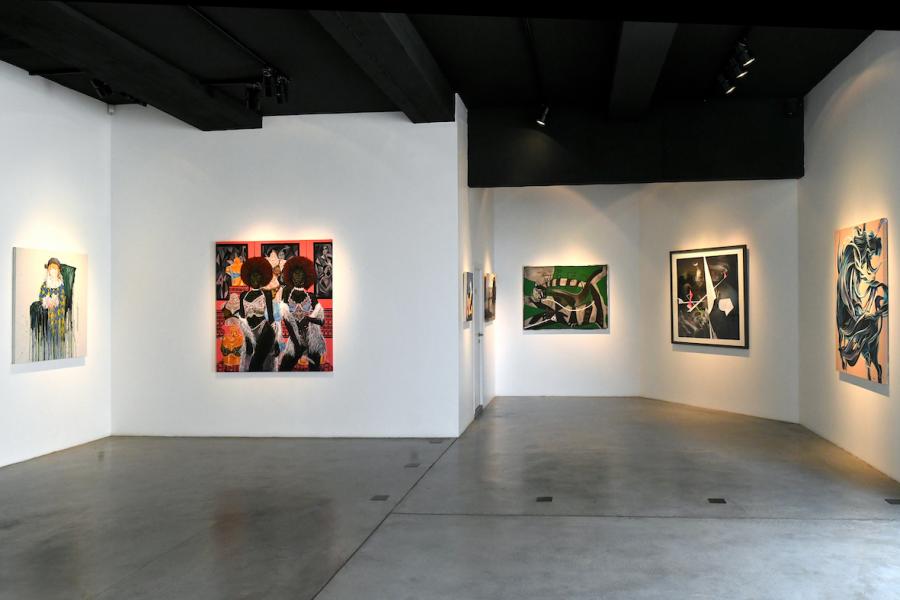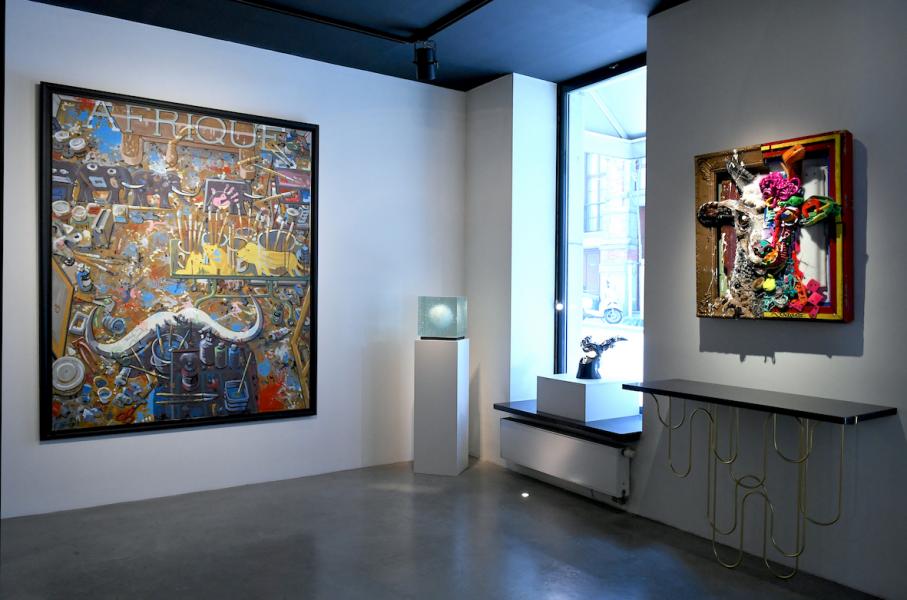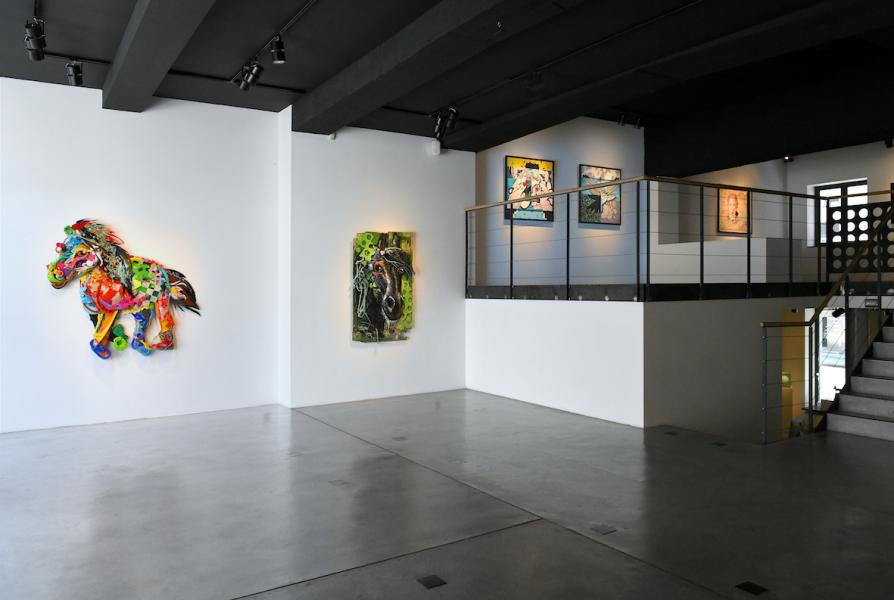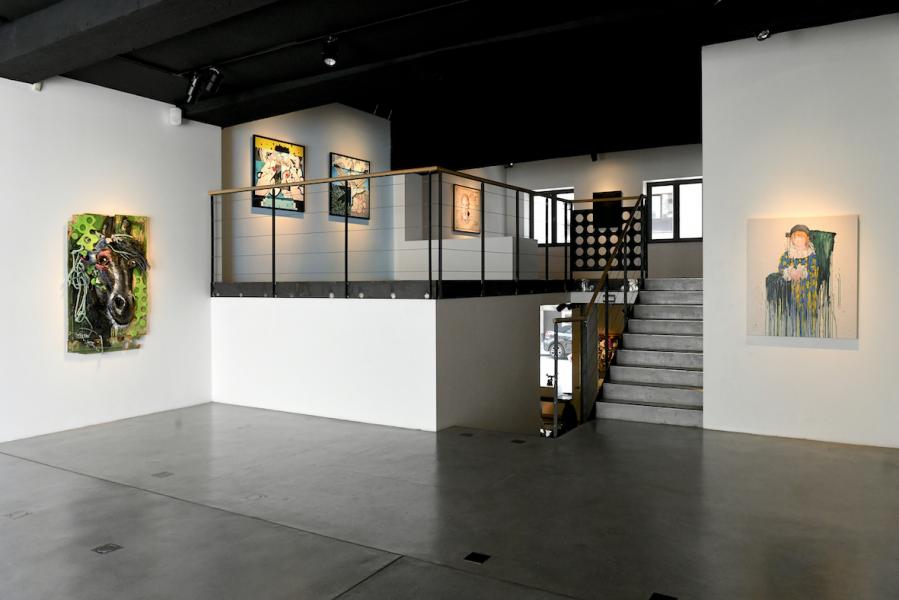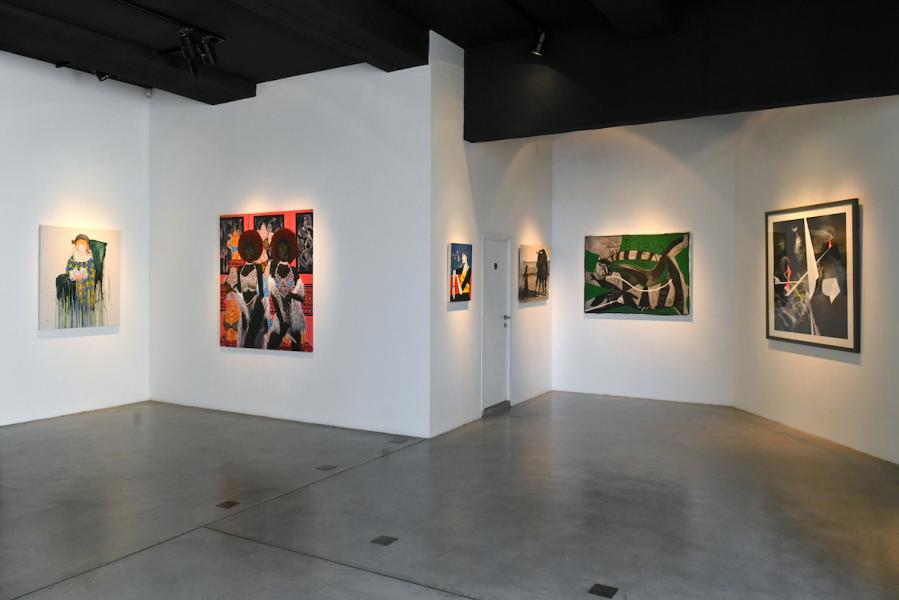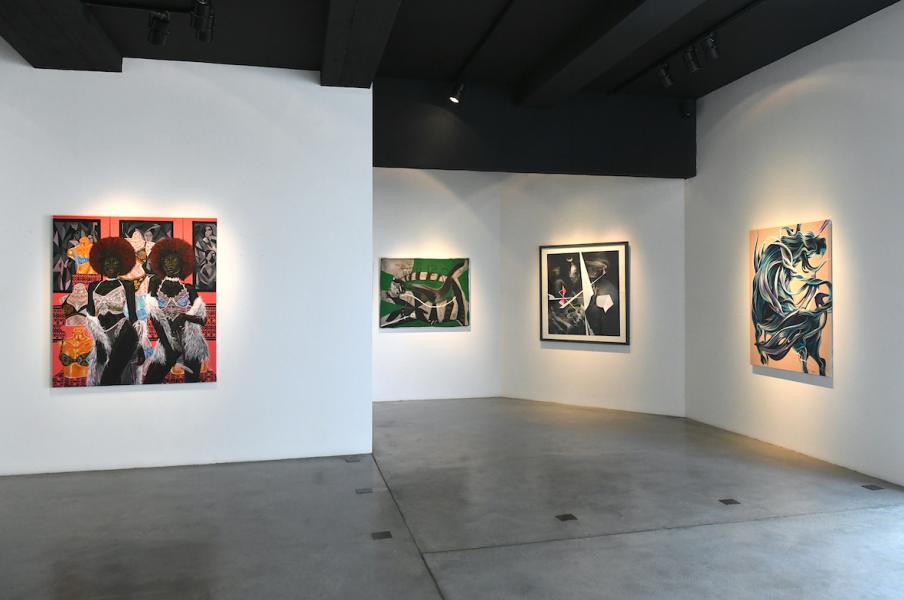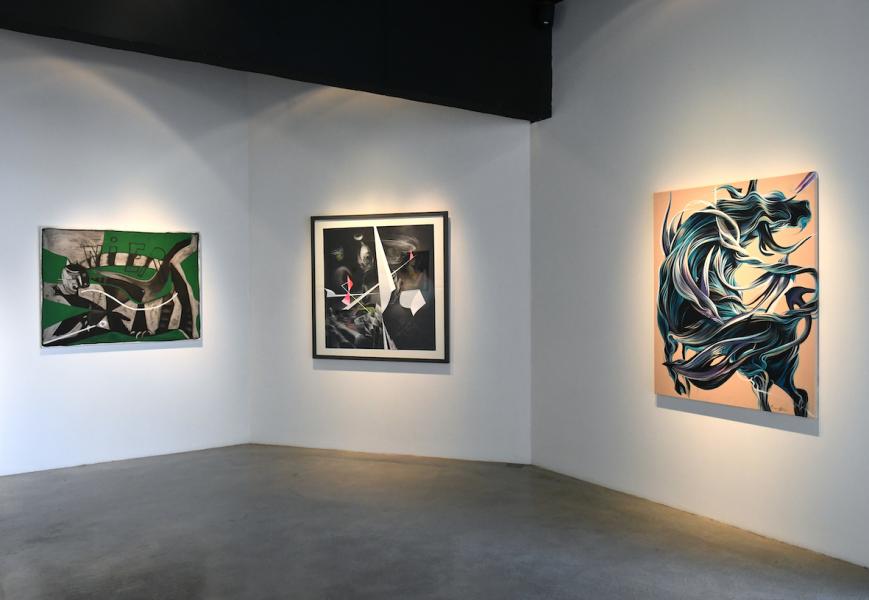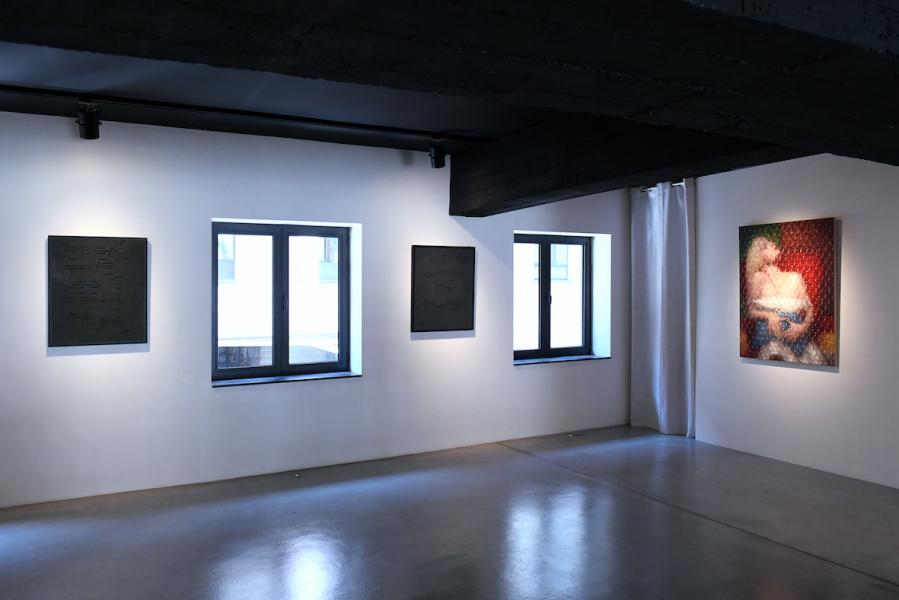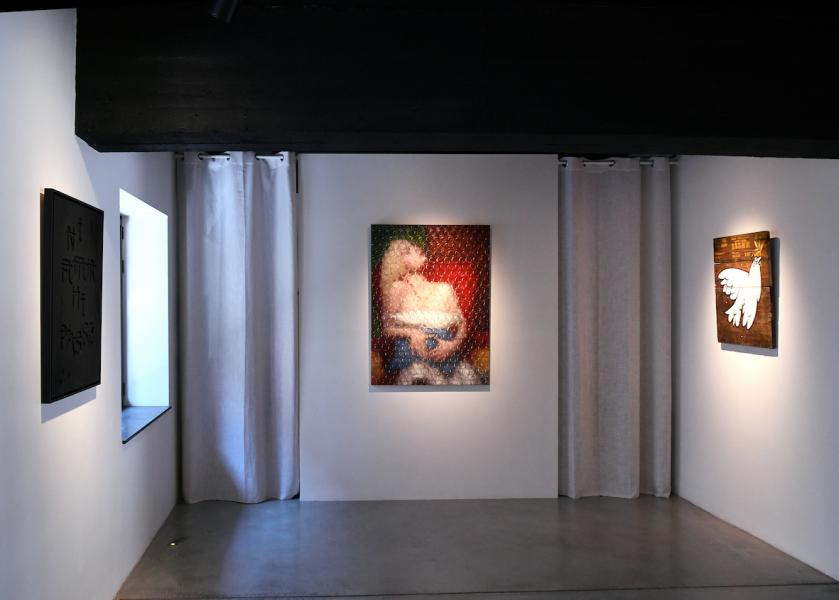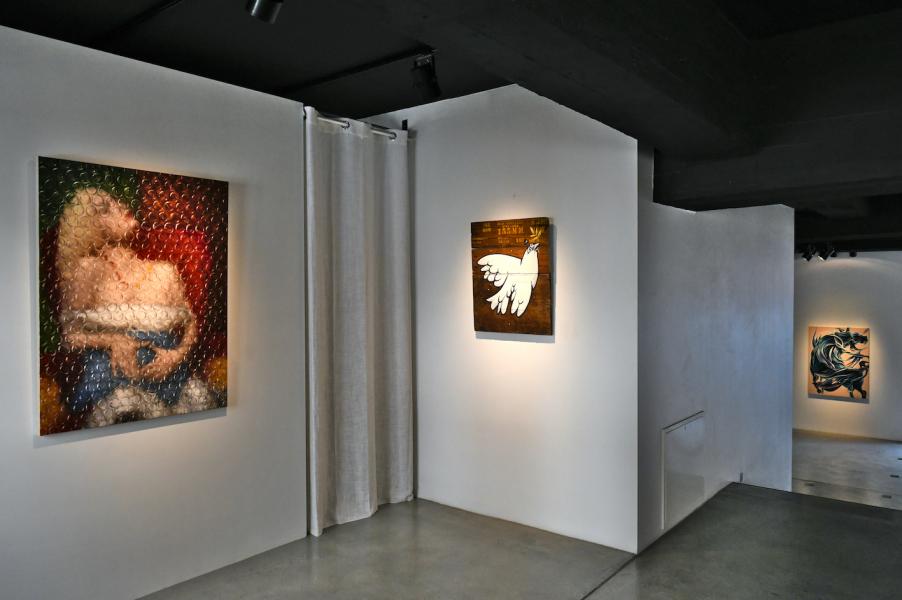Picasso 50 years after (1973-2023)
Picasso 50 years after (1973-2023)
April 8, 2023 marked the 50th anniversary of Pablo Picasso's passing.
To pay tribute to the man considered by many to be the pioneer of "modern art", we invited a dozen international artists to take part in a group exhibition.
Picasso, 50 years later... (1973-2023) will question the status of the artist today.
Is he still revered by the younger generation, and does his work still influence artistic creation? Will recent advances in feminism prompt us to consider "The Master" differently? Should the famous question of separating the man from the artist be asked?
Levalet provides his answer, as mischievously as ever, this time through drawing.
In "La revanche de Dora" (Dora's Revenge), a young woman uses a sword to hold a powerful fighting bull in respect inside the arena.
It's hard to make more references in a single composition. Picasso's love life is evoked, along with one of his great passions: corrida.
Pablo Picasso is considered to have revolutionized art at the beginning of the 20th century, when he painted "Les demoiselles d'Avignon".
André Breton wrote: "I can't resist seeing in Les Demoiselles d'Avignon the momentous event of the early 20th century.
In this seminal painting, the artist drew his inspiration from primitive art, particularly African masks.
It was logical that Cameroonian artist Boris Anje should take up this masterpiece and turn it into his own, incorporating his famous wax fabric motifs and celebrating African beauty.
Among Picasso's innovations and contributions to art, he was one of those who gave collage and assemblage their credentials.
Bordalo2, who will be exhibiting for the first time in Belgium, is a Portuguese street artist whose favorite subject is the animal world, created from recycled objects.
Naturally, he drew inspiration from the artist's bestiary to create three works, including the horse, a key figure in one of his best-known compositions, "Guernica", and the goat, with the famous 1950 sculpture "La chèvre" (The Goat) in the Musée Picasso.
New collaborations also included Cuban painter Darian Mederos, who for the first time in his work drew inspiration from another artist's composition, in this case "Le rêve" painted by Picasso in 1932.
He transposed it with his hyperrealist painting technique, in which the subject's vision is blurred by a sheet of bubble wrap.
This work sums up the purpose of this group exhibition: to dare, or at least attempt, to look at Pablo Picasso in a different way.
